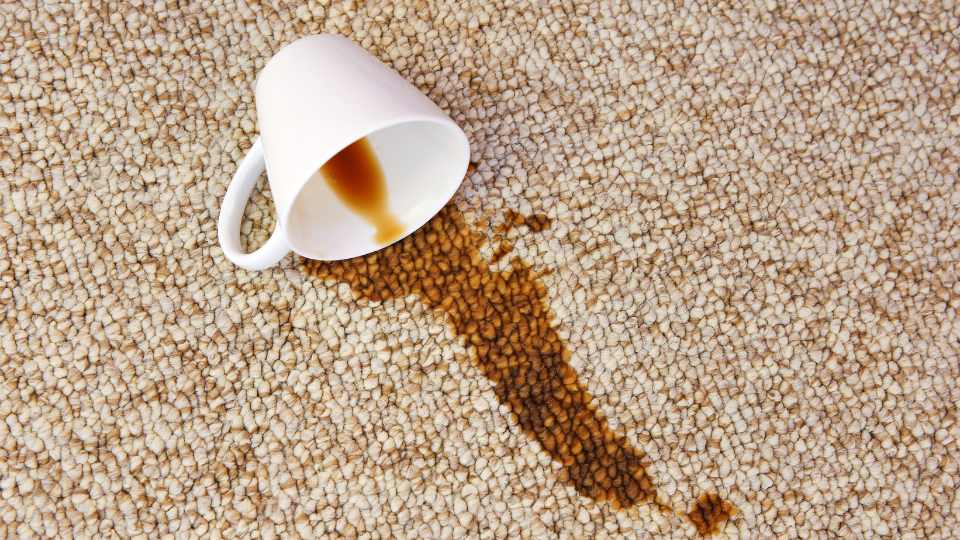If you’re among the one in seven Australians who own a residential investment property, it’s useful to know the most common claims landlords make on their insurance.
This article explains the risks and how you can better manage them to minimise your chances of needing to claim on your policy.
Loss of rent
In the six months to July, there was a 45% jump in residential rental arrears, according to an app, FLK IT OVER, that integrates with popular property management portals. That’s not surprising as rents and inflation have increased. Over the 12 months to July, the consumer price index rose 6.1%. And, rents went up 9.8% over the same time.
A landlord recently successfully claimed on their insurance for almost $8,000 in rental arrears. The tenant had stopped paying rent and been asked to vacate but refused, so the landlord had to obtain a court order. When that didn’t work, a warrant of possession was issued, and police managed to evict the tenant.
Doing due diligence before signing a lease with a tenant helps, but their life circumstances may change suddenly. Keep lines of communication open with your tenant for any insights.
Tenant damage
There are three types of tenant-related damage:
- Accidental – spills or pet accidents on the carpet
- Malicious – holes punched or kicked in walls
- Deliberate damage without malicious intent, such as nails hammered into walls without the landlord’s permission.
Periodical inspections and at the end of a lease can help identify issues and compare them with records from earlier in the tenancy.
Water damage
Bursting pipes, leaky roofs, sewage backups, and overflowing baths are examples of how your property could be water damaged. Hot water systems, particularly those in ceiling spaces, pose a damage risk if they freeze and burst over winter.
Aim to be vigilant in finding out from the tenant, as well as in your six-monthly property inspections, about issues such as:
- Gutters and downpipes that need cleaning (generally, it’s not the tenant’s responsibility)
- Mould appearing on walls or other surfaces, and
- Slow draining toilets or other drains.
Fire
Typically, fire can damage a rental property due to:
- An electrical fault
- A candle
- A stove left on
- Children playing with matches or cigarette lighters, or
- Faulty smoke detectors, etc.
In NSW and Queensland, landlords must ensure their rental properties have installed smoke detectors and checked annually. Check your state or territory for similar laws.
Storm
A wild storm may not just damage the outside of your property but also damage interior fittings such as carpets, blinds, and curtains. For example, a storm caused two large eucalyptus trees to crash onto an investment property’s roof. Heavy rains then damaged the home through the roof while the owner waited for a crane to remove the trees. The tenant had to move out, and the repair bill hit $195,000.
While storms are increasing in severity and frequency, landlords can reduce the risks with good property care and maintenance.
Review your landlord insurance policy
Your landlord insurance policy helps protect you against potential financial losses from owning your investment property. Periodically, it’s worth checking if your policy is a good fit for your needs. We can help you ensure you’re adequately covered for:
- Loss of rent
- Damage to your property’s structure
- Your contents, such as fixtures and fittings (carpets, blinds, awnings, etc.)
- Public liability, and
- Legal expenses.
Additional covers include changing locks (to reduce your liability when a new tenant moves in), pet damage, and if your property is in a high-risk area.
And, should you need to claim, get in touch with us swiftly so we can help you resolve the claim promptly.
This story first appeared in GIBA.










